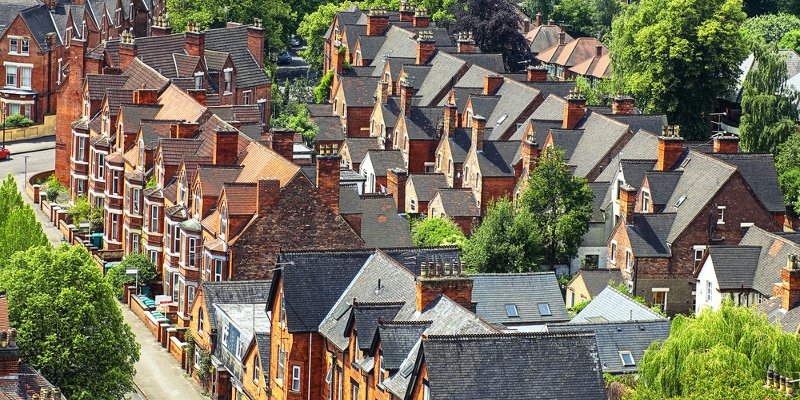House prices are down for the third month in a row, and the annual rate of growth has now fallen for almost a solid year – 11 months in succession, LSL Property Services/Acadata’s House Price Index for England and Wales has found.

House prices are down for the third month in a row, and the annual rate of growth has now fallen for almost a solid year – 11 months in succession, LSL Property Services/Acadata’s House Price Index for England and Wales has found.
It now stands at just 1%, down from 9% at its height in February 2016. Many areas continue to prove resilient, however.
Excluding London and the South East, prices in England and Wales remained 3% up year-on-year and only London is currently recording an annual fall in prices.
Oliver Blake, managing director of Your Move and Reeds Rains estate agents said: “London remains the exception, rather than the rule when it comes to the strength of the market in the major cities of England & Wales, which remain strong.
“The market remains slow, though, when it comes to the number of transactions.”
Overall, the average price in England and Wales at the end of April stood at £302,252, up from £299,374 a year ago. While annual price growth continues to fall, the decline is slowing.
Estimated sales of 50,000 in April were down by a quarter on March –significantly greater than the usual 5% seasonal decline.
Compared to London, the housing market in the rest of England and Wales looks robust. About three quarters of all unitary authorities (80 out of 108) have recorded a price rise over the last year.
A number continue to record fairly strong growth, including the East Midlands and North East, both up 3.9% annually, and the North West, up 3.6%.
In Wales prices have grown 4.8% annually with Cardiff and Swansea are up 9.7%, the Vale of Glamorgan 10.2%, Torfaen 10.4%, and Monmouthshire 11.3%.
These are the top five annual price increases in the whole of England and Wales after the 13.6% price growth in North Somerset.
This is because Wales introduced a new Land Transaction Tax in April, starting at a higher base, of £180,000, than stamp duty in England (£125,000) but at a higher rate, particularly for properties priced £400,000 to £925,000, with tax rates at 7.5% and 10%.
Anticipating this, buyers have brought forward purchases of high value homes to avoid the new tax, just as they did ahead of the stamp duty hike in April 2016.
Consequently, six of the eight most expensive local authority areas in Wales set a new peak price in March, including Monmouthshire, the Vale of Glamorgan and Cardiff, as well as Powys and Newport, up 5.5% and 8.0% annually, respectively. Such high price growth in Wales is likely to prove short-lived.
Major cities other than Cardiff have also set new peak prices in the month. They include Merseyside in the North West, up 3.9% annually; Tyne and Wear in the North East (5.4%); the West Midlands conurbation, which includes Birmingham, up 5.2%; and Derby in the East Midlands (2.4%).
Struggles with affordability are most pronounced in London, which, not coincidentally, is also the only region in England and Wales to see prices fall on an annual basis.
Prices are down 2.5% on the same time last year in the capital. The average property price is now £15,415 lower than a year earlier, at £601,808.
Price falls continue to be concentrated at the top of the market. Eight of the 11 most expensive boroughs in the capital have seen prices drop in the last year, including Westminster, the second most expensive borough, down 13.3%, Wandsworth, down 13.6%, and the City of London, down a huge 31.4%.
The big exception to the rule is Kensington and Chelsea, right at the top of the market, where prices are up 23.7% – still buoyed by a small number of extremely expensive (£10m plus) properties.
Ignoring this, the top 11 boroughs would be down 5.8% annually on average. At the bottom of the market, things are less volatile and, overall, more positive.



